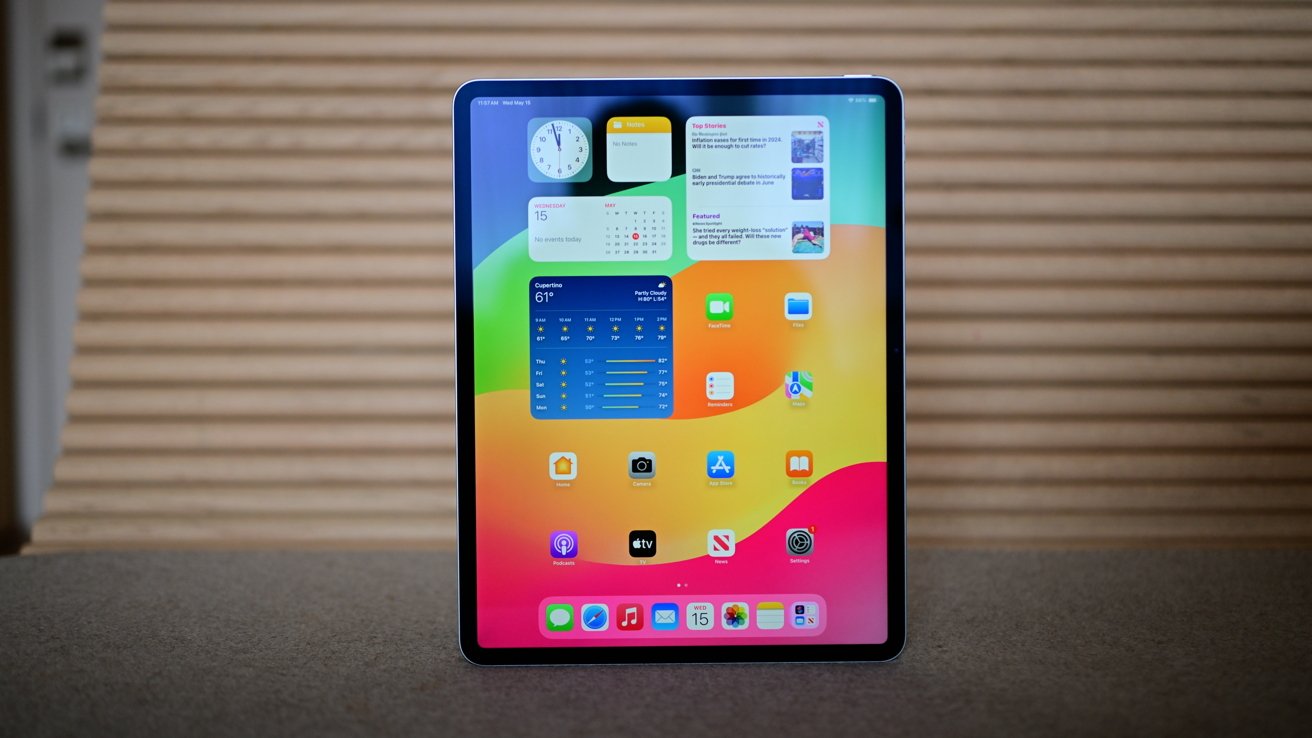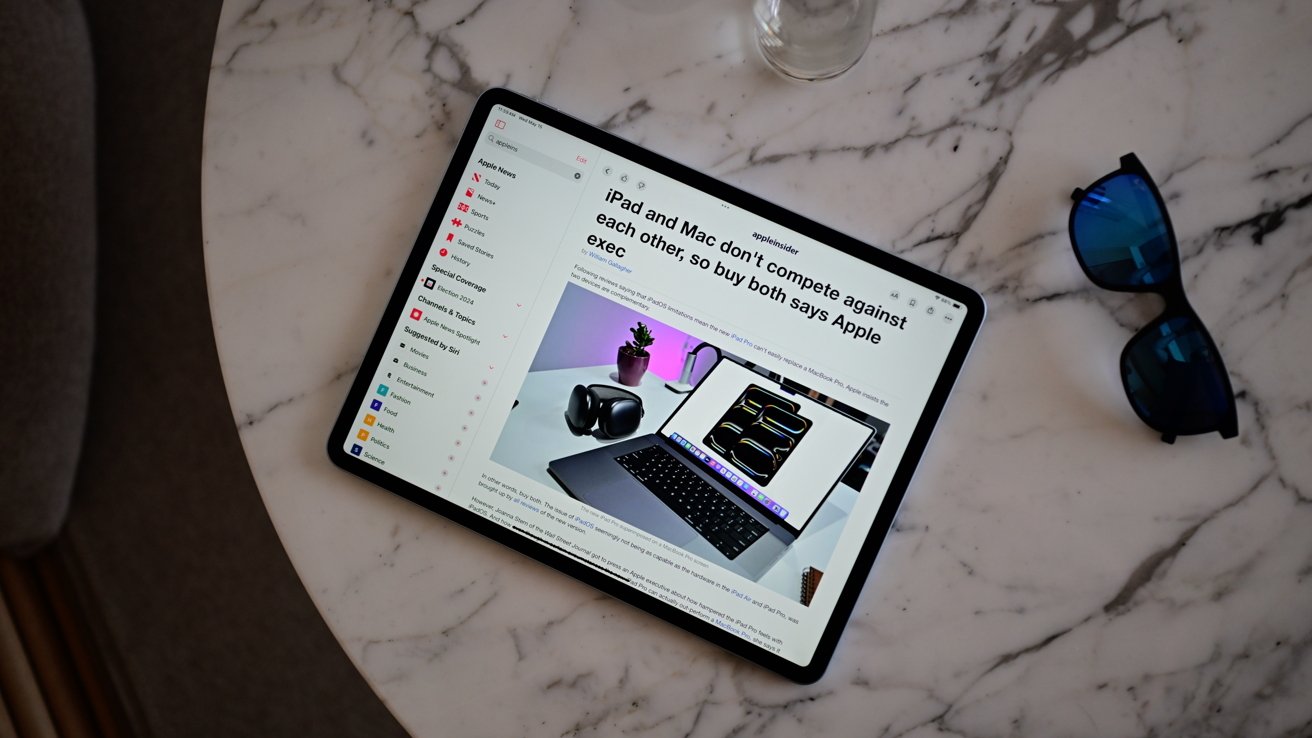Apple remains committed to keeping iPad and Mac separate

Apple’s Craig Federighi explains why iPads won’t run macOS anytime soon, even as iPadOS 26 brings them closer than ever.
In a new interview following WWDC 2025, software chief Craig Federighi clarified why Apple remains committed to keeping iPadOS and macOS separate, even as iPadOS 26 brings more Mac-like features to the tablet.
The latest update, iPadOS 26, introduces a floating menu bar, flexible app windowing, and support for more advanced keyboard shortcuts. These additions aim to make the iPad feel more like a Mac for those who want power-user tools.
Federighi said the goal is not to merge platforms. Instead, Apple wants to “retain all the simplicity of the iPad” while still giving users space to “push it at their own pace to doing more.”
Apple emphasizes that the iPad should be approachable for users of all ages and tech comfort levels. By keeping iPadOS simple and intuitive, the company avoids overwhelming these users with macOS’s complexity.
Federighi noted that the iPad’s touch-first, streamlined design contributes to its success. Adding full desktop features too quickly could make it harder for people who value ease and clarity over customization and power.
He acknowledged that the two operating systems continue to borrow from each other, saying, “There are lots of things the two platforms can learn from one another, and that’s where we’ve adapted our best ideas to each.”
Apple says touch is central to the iPad experience
Federighi was responding to growing user speculation about whether Apple might eventually let iPads dual-boot macOS. The question has lingered for years, especially since iPads now use the same M-series chips found in Macs.
But Apple’s stance is clear.
“The iPad is the best touch computer. And the Mac is the best keyboard and mouse computer,” Federighi exclaimed.
He emphasized that hardware convergence does not mean the software should be the same. Federighi also praised new features in iPadOS 26, calling background task support “probably the single best feature ever” for iPad power users.
But he pushed back on the idea that the iPad should fully copy the desktop model.

Apple doesn’t want to alienate iPad users with Mac complexity
Apple has made similar arguments before, often comparing its devices to tools that serve different purposes. The iPad isn’t a lightweight Mac. It is a distinct product with its own design goals.
Touch-friendly macOS remains a possibility
Federighi didn’t rule out the idea that macOS could eventually support touch input. Rumors continue to circulate about future MacBooks or foldable iPads with touch-ready versions of macOS.
For now, Apple remains committed to its split strategy. The iPad will continue gaining advanced productivity features, while macOS stays focused on keyboard and pointer use.
<
